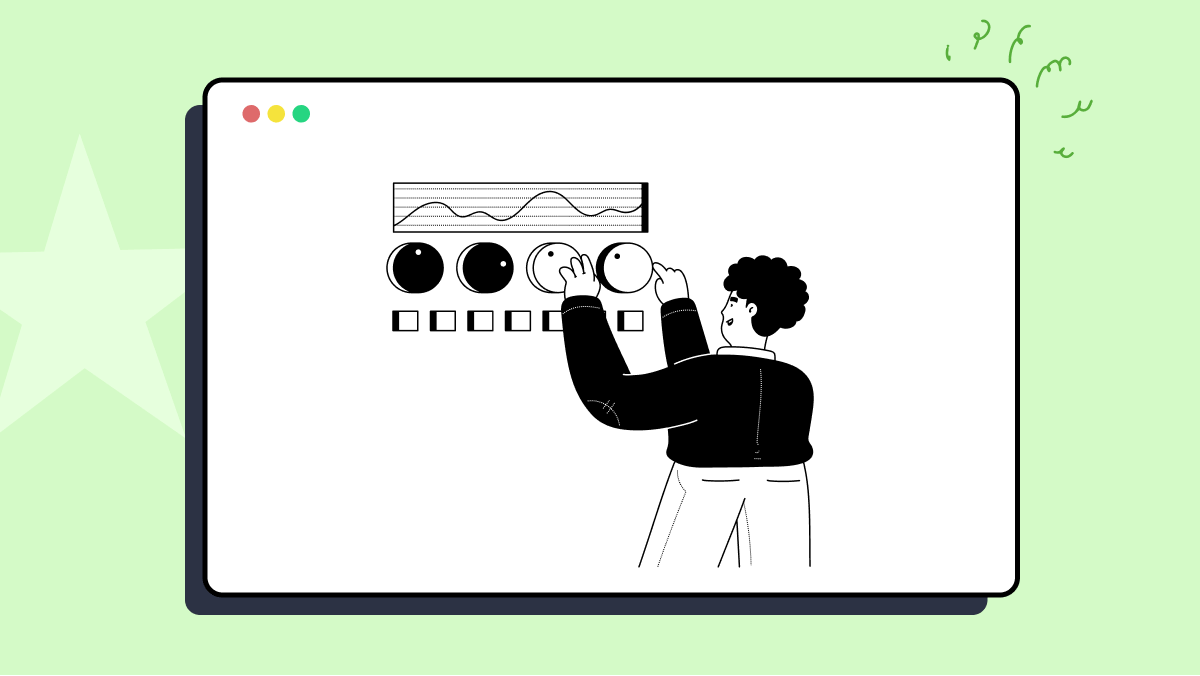How to use downcast method in hypothesis
Best Python code snippet using hypothesis
FFIExternalObject.py
Source:FFIExternalObject.py
...126 #exactObject = exactWrapperClass(None)127 exactObject = FFIInstance(exactWrapperClass)128 # Get the downcast pointer that has had all the downcast129 # funcs called130 downcastObject = self.downcast(exactWrapperClass)131 exactObject.this = downcastObject.this132 exactObject.userManagesMemory = downcastObject.userManagesMemory133 # Make sure the original downcast object does not get134 # garbage collected so that the exactObject will not get135 # gc'd thereby transferring ownership of the object to136 # this new exactObject137 downcastObject.userManagesMemory = 0138 return exactObject139 else:140 return self141 def downcast(self, toClass):142 fromClass = self.__class__143 #FFIConstants.notify.debug('downcast: downcasting from %s to %s' % \144 # (fromClass.__name__, toClass.__name__))145 # Check the cache to see if we have looked this up before146 downcastChain = DowncastMap.get((fromClass, toClass))147 if downcastChain == None:148 downcastChain = self.getDowncastFunctions(toClass, fromClass)149 #FFIConstants.notify.debug('downcast: computed downcast chain: ' + repr(downcastChain))150 # Store it for next time151 DowncastMap[(fromClass, toClass)] = downcastChain152 newObject = self153 for downcastFunc in downcastChain:154 #FFIConstants.notify.debug('downcast: downcasting %s using %s' % \155 # (newObject.__class__.__name__, downcastFunc))...test_downcast.py
Source:test_downcast.py
...30 np.array([decimal.Decimal(0.0)]),31 ),32 ],33)34def test_downcast(arr, expected, dtype):35 result = maybe_downcast_to_dtype(arr, dtype)36 tm.assert_numpy_array_equal(result, expected)37def test_downcast_booleans():38 # see gh-16875: coercing of booleans.39 ser = Series([True, True, False])40 result = maybe_downcast_to_dtype(ser, np.dtype(np.float64))41 expected = ser42 tm.assert_series_equal(result, expected)43def test_downcast_conversion_no_nan(any_real_dtype):44 dtype = any_real_dtype45 expected = np.array([1, 2])46 arr = np.array([1.0, 2.0], dtype=dtype)47 result = maybe_downcast_to_dtype(arr, "infer")48 tm.assert_almost_equal(result, expected, check_dtype=False)...Blogs
Check out the latest blogs from LambdaTest on this topic:
We launched LT Browser in 2020, and we were overwhelmed by the response as it was awarded as the #5 product of the day on the ProductHunt platform. Today, after 74,585 downloads and 7,000 total test runs with an average of 100 test runs each day, the LT Browser has continued to help developers build responsive web designs in a jiffy.
In today’s tech world, where speed is the key to modern software development, we should aim to get quick feedback on the impact of any change, and that is where CI/CD comes in place.
The automation backend architecture of Appium has undergone significant development along with the release of numerous new capabilities. With the advent of Appium, test engineers can cover mobile apps, desktop apps, Flutter apps, and more.
I think that probably most development teams describe themselves as being “agile” and probably most development teams have standups, and meetings called retrospectives.There is also a lot of discussion about “agile”, much written about “agile”, and there are many presentations about “agile”. A question that is often asked is what comes after “agile”? Many testers work in “agile” teams so this question matters to us.
Automation Testing Tutorials
Learn to execute automation testing from scratch with LambdaTest Learning Hub. Right from setting up the prerequisites to run your first automation test, to following best practices and diving deeper into advanced test scenarios. LambdaTest Learning Hubs compile a list of step-by-step guides to help you be proficient with different test automation frameworks i.e. Selenium, Cypress, TestNG etc.
LambdaTest Learning Hubs:
- JUnit Tutorial
- TestNG Tutorial
- Webdriver Tutorial
- WebDriverIO Tutorial
- Protractor Tutorial
- Selenium 4 Tutorial
- Jenkins Tutorial
- NUnit Tutorial
- Jest Tutorial
- Playwright Tutorial
- Cypress Tutorial
- PyTest Tutorial
YouTube
You could also refer to video tutorials over LambdaTest YouTube channel to get step by step demonstration from industry experts.
Try LambdaTest Now !!
Get 100 minutes of automation test minutes FREE!!



